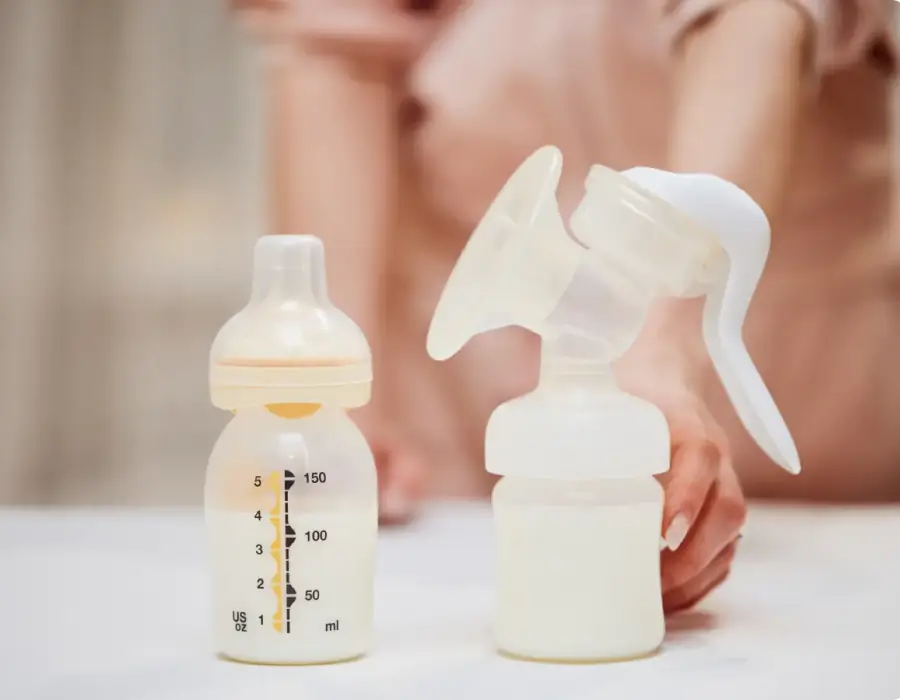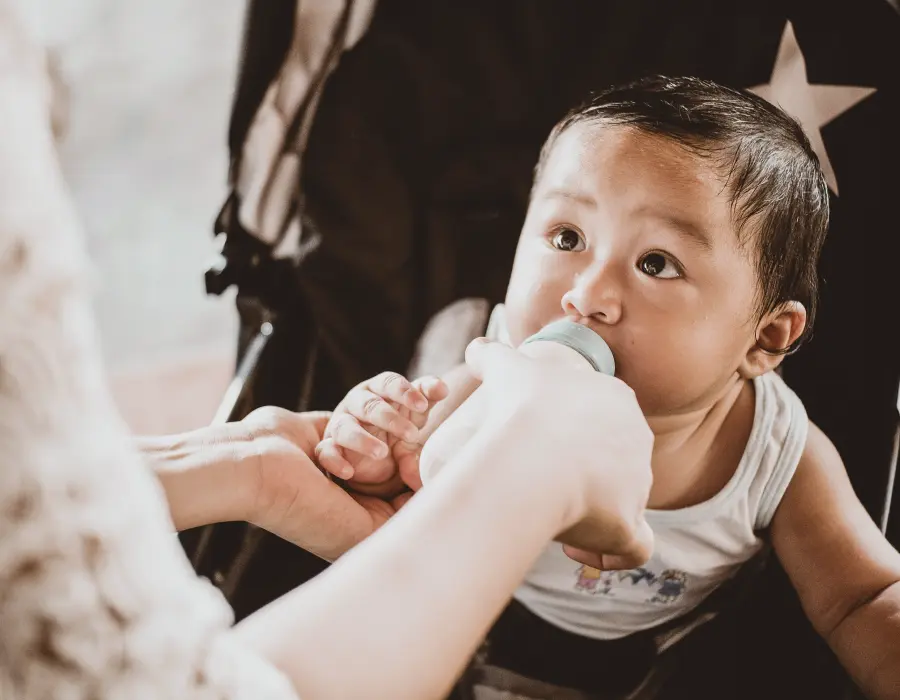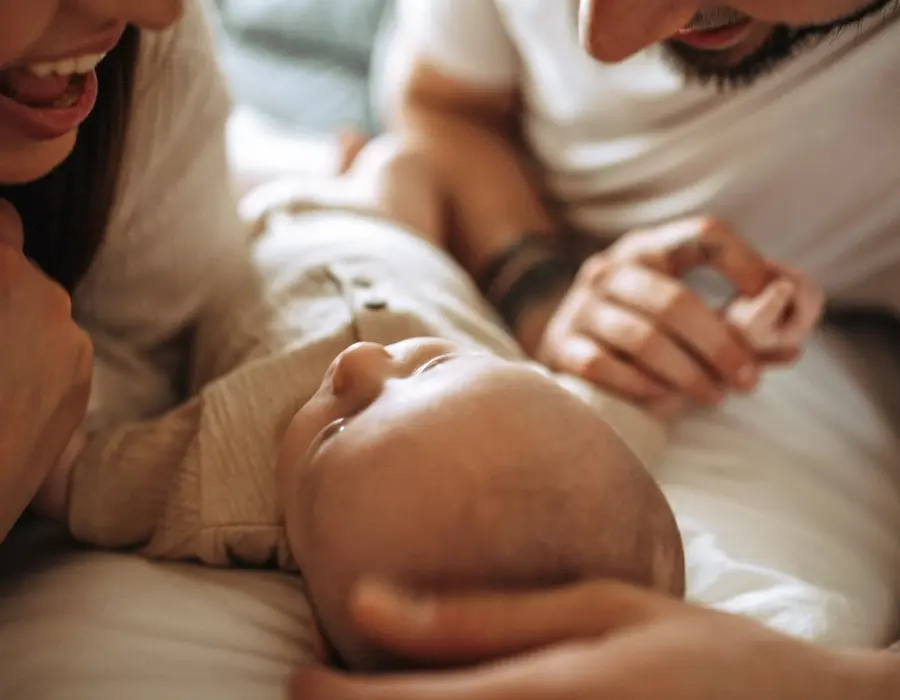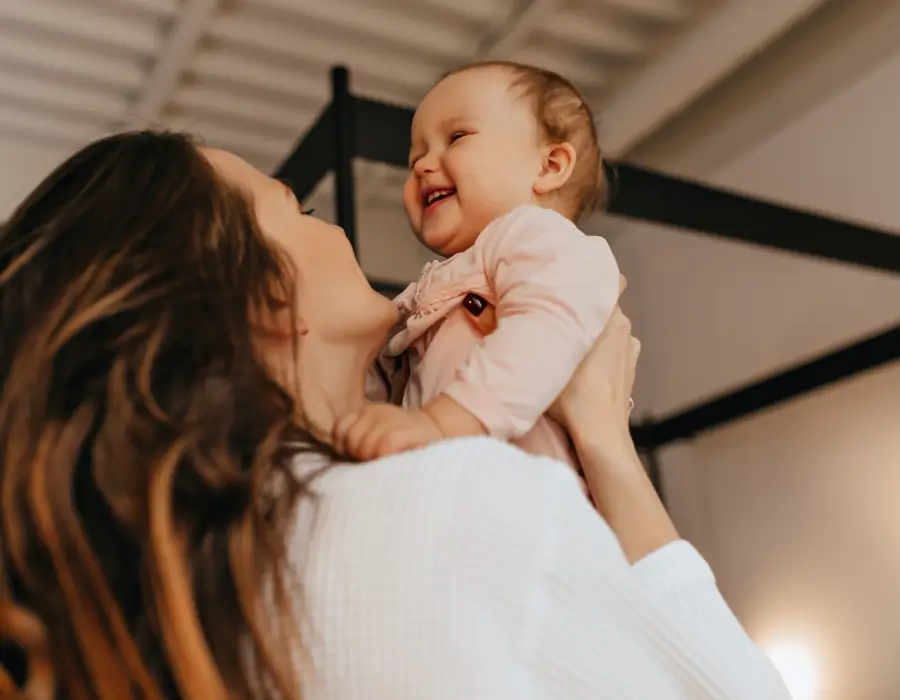Preparation
For all ways of preparing a bottle of formula you should:
- Clean & sterilise all pieces of the bottle
- Easiest way is to get a number of bottles that will last about a day of feeding; usually around 8 if exclusive formula feeding. Then have a routine of doing cleaning & sterilisation of everything once a day.
- It is best to always rinse bottles immediately after use to remove most of the milk and stop any drying and hardening. This will make cleaning and sterilisation easier.
- Clean all bottles, teats, caps & ring seals.
- Use hot soapy water, scrub then rinse.
- Ensure you use a brush inside, get water to flow through the teat and get in all the corners. Any cracked teats need to be replaced.
- Bottles then can be left to air dry or sterilised.
- Sterilise bottles by your preferred method (boiling, steam, chemical or UVC)
- Put sterilised bottles & tops together and use within 24 hours or re-sterilise.
- Follow product instructions
- Refer to the preparation instructions and feeding guide on the product you are using. Check the correct ratio of water to powder.
- Clean hands
- Water
- Use safe warm or cool water, either pre-boiled tap water or plain bottled water.
- Measure water according to the product’s feeding table into the bottle first.
- Powder
- Add powder to the water, using level non-packed scoops. As per feeding table.
- Mix thoroughly
- Assemble bottle then tap and swirl to start powder being disperse, and shake until fully mixed and free of lumps.
- Temperature check
- Ensure it is only lukewarm or cooler before feeding by dropping some on your wrist.
- Throw away any formula
- Leftover over from a bottle the baby has been feeding on.
- That has been warm at room temperature for longer than one hour.
Top parent tip: Room temperature bottles
Try using room temperature formula from early on to remove the need for warming. Bottles can then be prefilled with safe water and sealed, then powder added when needed.
Different ways to prepare formula
1) Prep safe water than mix with powder when needed
Use microwave to warm water
- Get safe water (e.g. preboil tap water)
- Either prefill bottles with water and seal bottles with tops until ready to use; or
Keep water in a clean dedicated sealed jug and fill bottles when needed. - Water can be warmed in microwave-safe bottles, without tops. Ensure water temperature is checked before adding powder.
- Add powder & mix
Use a thermos to keep water warm
Note you can pre-measure powder, into a powder dispenser container if this helps such as for the night feeds. This is especially helpful when sleep deprived and it’s easy to miscount scoops.
- Fill thermos with safe water (e.g. preboiled tap water)
- Measure warm water into bottles when needed
- Add powder & mix
2) Prep formula and refrigerate then warm when needed
These methods require warming premade formula which can take time depending how it is done.
- Make formula and refrigerate immediately for up to 24 hours.
- Warm the bottle in hot water to warm (can take up to 10 mins) or buy a bottle warmer (note the time to warm varies depending on the device)
- Mix and check temperature.
3) Formula preparation machines
Many parents use formula preparation machines. They normally cost a few hundred dollars and take a bit of room in the kitchen. Additionally, bottles will still need to be cleaned and sterilised.
Watch-outs
- There still is cleaning and maintenance such as replacement of water filters.
- Check that the settings are correct for your product you are using.
- Also check that the machine is measuring the powder and water correctly.
References
- https://raisingchildren.net.au/newborns/breastfeeding-bottle-feeding/bottle-feeding/formula-prep-pictures
- Australia Health Eat for Health Infant Feeding Guidelines Information for Health Workers, 2012, National Health and Medical Research Council.
https://www.eatforhealth.gov.au/sites/default/files/files/the_guidelines/n56_infant_feeding_guidelines.pdf - Proposal 1028 Infant Formula Standards Review Food Standards Australia New Zealand.
https://www.foodstandards.gov.au/food-standards-code/proposals/P1028




